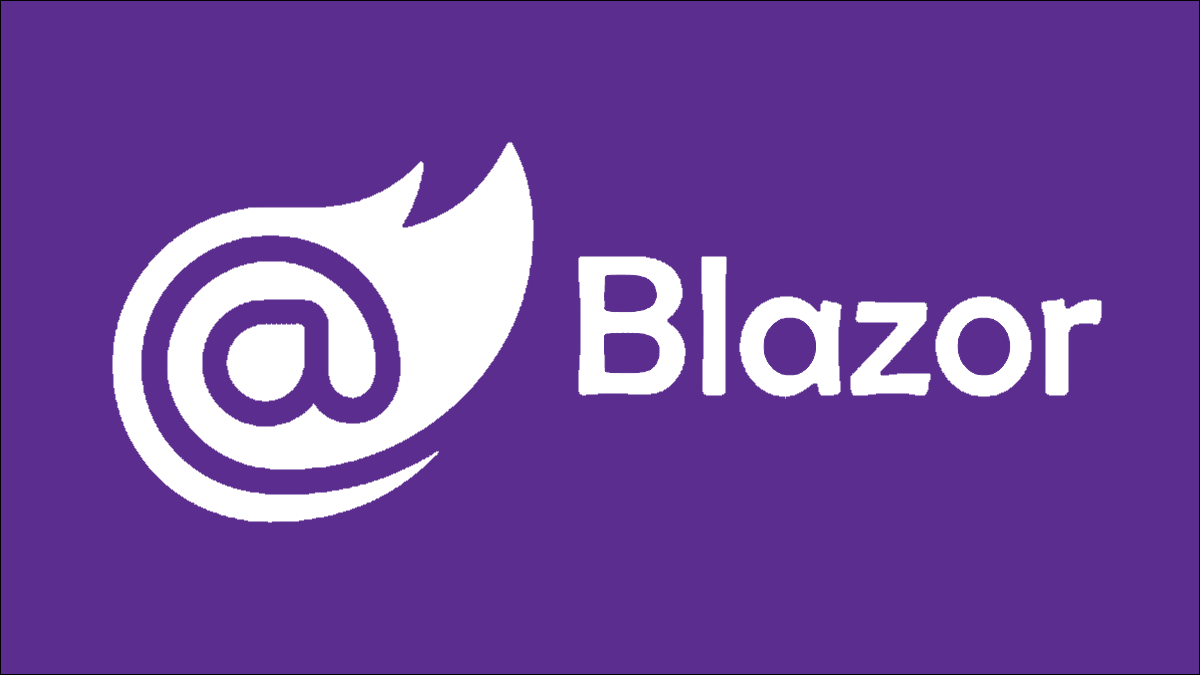Want to have the best .Net running experience without needing any plugins? You can achieve it by using the latest Blazor framework. Web app development becomes really simple with this kind of framework. You just need to have reliable Internet packages like Cox Business plans so that you don’t lose any of your progress. And you also need an expert command over Blazor to make the most of it and enjoy add-ons free web app development. Read on to know more about this.
How Were Things Like Before Blazor?
The old way of developing web apps involved employing things like PHP extra. This process, in turn, used to lead to the development of an HTML file. And this file used to work only on the server. For the longest time, the developers have been using JavaScript for this purpose. And there were many drawbacks to using it as well. Some of them are:
- It took forever for the pages to load
- Software and server configuration were necessary
But now, things have changed tremendously. Now it has become possible to develop the entire applications on JavaScript. So, it has improved things a lot in the sense that power processing is not completely on the server. A part of it can run on the browser and the other on the server. With this client-side model, the page loading process has also become super-fast.
Introduction of WebAssembly
The definition of WebAssembly according to the official website is: “WebAssembly is a binary instruction format made for a stack-based virtual machine. Its design resembles a portable target for compilation of professional languages like C, C++, Rust; which allows web deployment for server and client apps.”
It is an important and better substitute for JavaScript. It can function seamlessly on the web. If you have developed an application with JavaScript, it can run side by side with an application developed with WebAssembly.
It is important to understand the concept of WebAssembly because Blazor can not work without it. Developers used the WebAssembly framework to develop Blazor. Just like WebAssembly, Blazor has also been adjusted to function for single-page web applications.
Introduction of Blazor
Blazor is a unique development that does not require a server for static site development. It is an excellent tool that simply utilizes WebAssembly to manage all the web app development-related processes.
It uses a combination of Razor, C#, and HTML to manage all operations. Also, since it uses only C# for coding, it simplifies the things for web app developers. This is because web app developers don’t have to search for unique solutions to make the app work on different browsers.
They can simply rely on WebAssembly. This is because it can make it convenient for the developed code to run on different kinds of web browsers. Also, the developers don’t need any additional plugins to manage the apps.
The Development
This project was originally introduced by Steve Sanderson, a web developer working at Microsoft. The primary motivation behind starting this project was that he wanted to develop a client-side model. This model was to be centered upon WebAssembly and . NET.
Blazor’s primary version was developed on a runtime known as ‘DotNetAnywhere.’ This version was a very basic one and did not include any remarkable features. However, Steve saw potential in this project and moved ahead with it.
It took a lot of time and several experiments for the Blazor to get fully developed. But after its development, the road to better web app development became clearer.
The Best Blazor Features
Blazor includes all the features that the past web development frameworks have included. It has also added other features. Some of its most celebrated features include:
Routing
Routing is a very significant component of web app development. It basically refers to the process of matching the right code to a particular request. When a client makes a request, then a system matches it with the relevant piece of code. In this way, routing ensures that the right code gets implemented against a request.
Just like other web development frameworks, Blazor also includes this feature. It matches the request with the right code and makes it easier to process requests.
Forms and Their Validation
Form validation is another area where Blazor facilitates the user. Before the client has pressed the ‘Submit’ button, the system already verifies the data. In this way, before the data or information reaches the server, it has already been validated. This process is called client-side validation.
Layouts
Blazor uses C# and Razor for web app development. And both of these can be used to define the layout and manage ‘data binding’ extra.
Body keyword
Body keyword is another interesting feature of Blazor. During the process of loading the associated templates, the keyword gets replaced by the content that is visible in the layout.
Dependency Injections
The services that are put together in the central location can be made available via the Dependency Injections.
JavaScript Interop
Finally, it is another acknowledgment of the changes that Blazor has put forward in web app development. However, it still can’t manage all the features by itself. It needs the support of JavaScript to manage certain aspects of the web.
So, these are all the exciting aspects and features of Blazor. It is rapidly becoming a widely used tool for web app development. But you need to have great Internet speeds while managing using JavaScript and Blazor. When I started using Blazor, I immediately ran a Spectrum Internet speed test to make sure that I was getting the advertised speeds. After that, I was able to manage the various processes easily.

